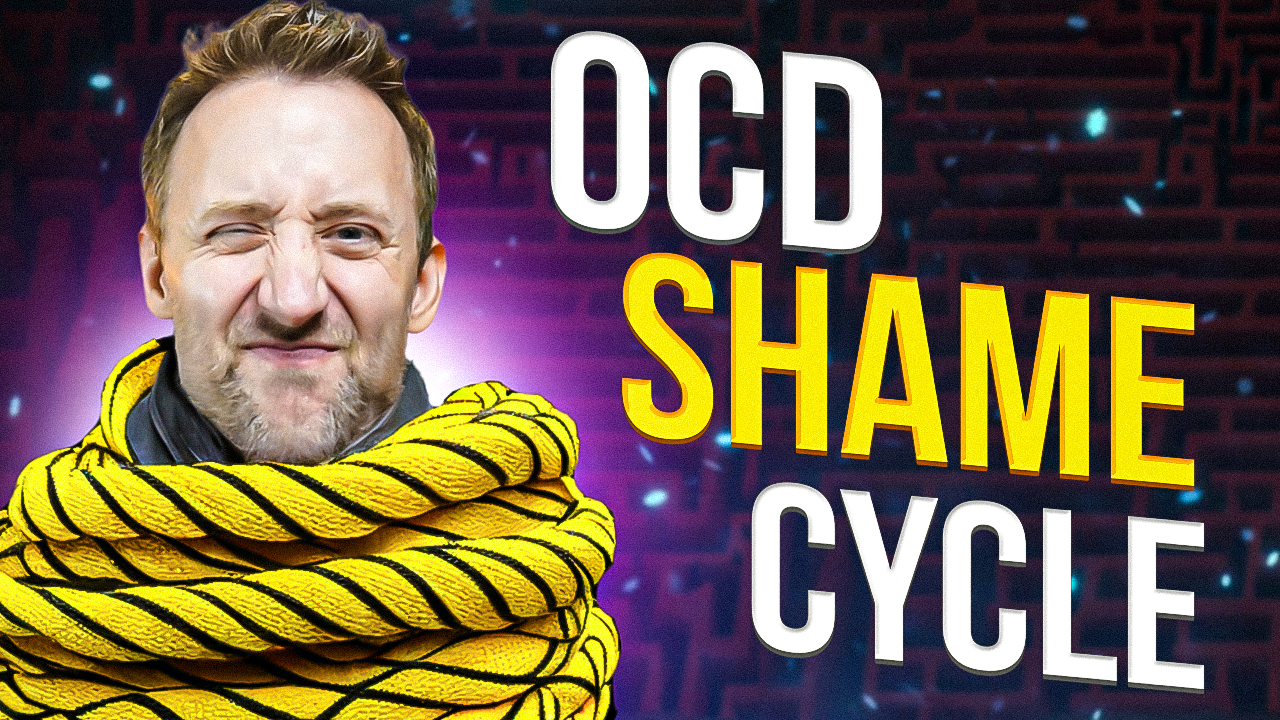What to do when OCD makes you feel SHAME
Jan 01, 2025
Breaking the Shame Spiral: Strategies for Overcoming OCD-Related Shame
Breaking the Shame Spiral: Strategies for Overcoming OCD-Related Shame
Did you know that most people with OCD experience intense feelings of shame? This is a common struggle, but here’s the kicker—shame actually fuels OCD rather than being a sign of something broken within you. Recognizing this is the first step toward breaking free from the shame spiral. Imagine your brain stuck on repeat, replaying embarrassing or distressing moments in a constant loop. OCD and shame often create a mental highlight reel of intrusive, socially unacceptable thoughts. These thoughts can make you feel isolated and flawed, as if no one else could possibly understand what you’re experiencing. Many people try to push intrusive thoughts away, convincing themselves they’re good people or analyzing the thoughts for deeper meaning. Unfortunately, these strategies often backfire. Like quicksand, the more you struggle, the deeper you sink. Fighting these thoughts gives them more power, perpetuating the cycle of shame. The first step to breaking free is acceptance. Accept that the shame exists without trying to make sense of it or push it away. Acceptance doesn’t mean resignation; it means acknowledging the presence of shame as just a feeling—not an absolute truth. For example, if you have a distressing thought, you might say to yourself, “Thanks, brain, for throwing that thought my way. I see you, but you’re not in charge right now.” Acceptance shifts your perspective, allowing you to respond to shame with curiosity rather than fear. OCD thrives on lies, convincing you that you’re dangerous, unlovable, or fundamentally flawed. But here’s the truth: a thought is just a thought, not a fact. These intrusive thoughts are stories spun by your brain, not reflections of your character or intentions. Beyond acceptance, cognitive restructuring can help challenge self-critical thoughts. For instance, identifying unhelpful thinking styles like all-or-nothing thinking or catastrophizing can help you break free from distorted perceptions of yourself. Search for “10 unhelpful thinking styles” online for examples, such as overgeneralizing (“I’ve had these thoughts, so I must be a bad person”). Awareness of these patterns is a powerful step toward regaining control. Exposure and Response Prevention (ERP), the gold standard for OCD treatment, pairs well with self-compassion. By facing your fears without performing compulsions, you reduce their power. At the same time, treating yourself with kindness can help counteract the shame OCD tries to impose.The Role of Shame in OCD
What Shame Feels Like for Someone with OCD
Why Typical Strategies Backfire
The Power of Acceptance
Why OCD Lies
Tools for Cognitive Restructuring
Combining ERP with Self-Compassion















